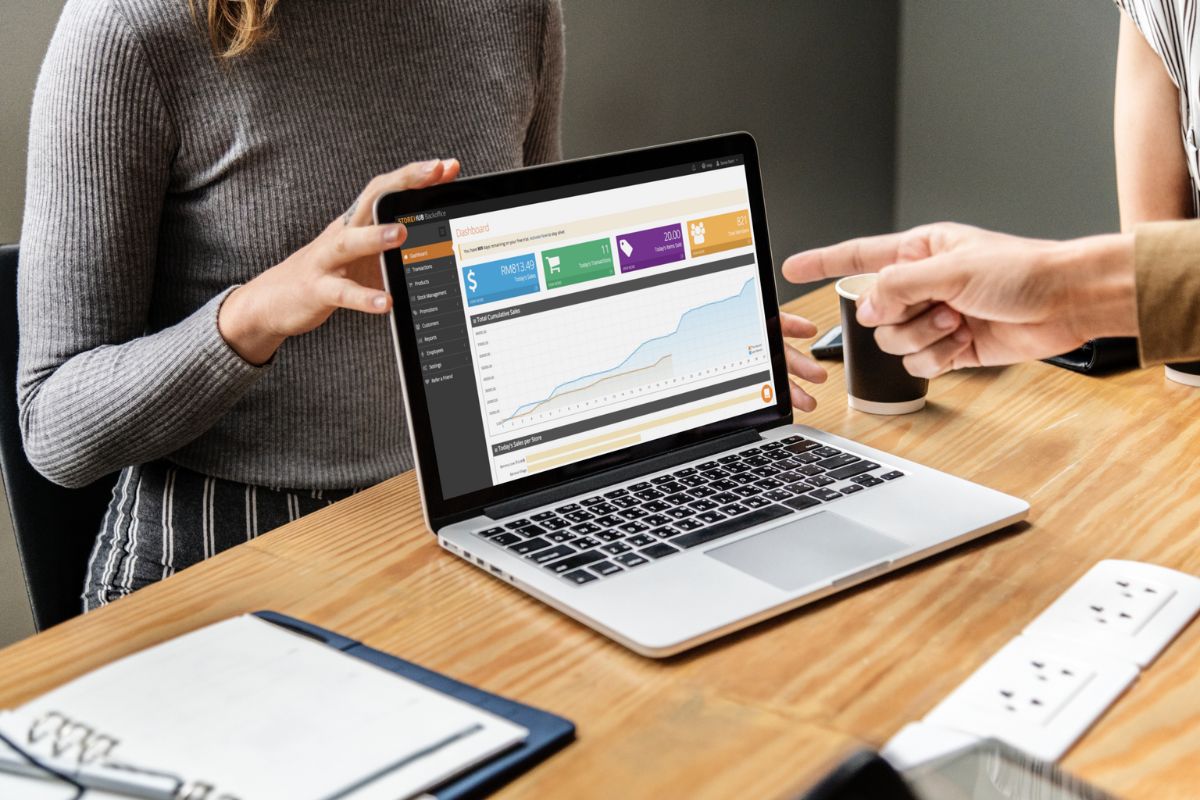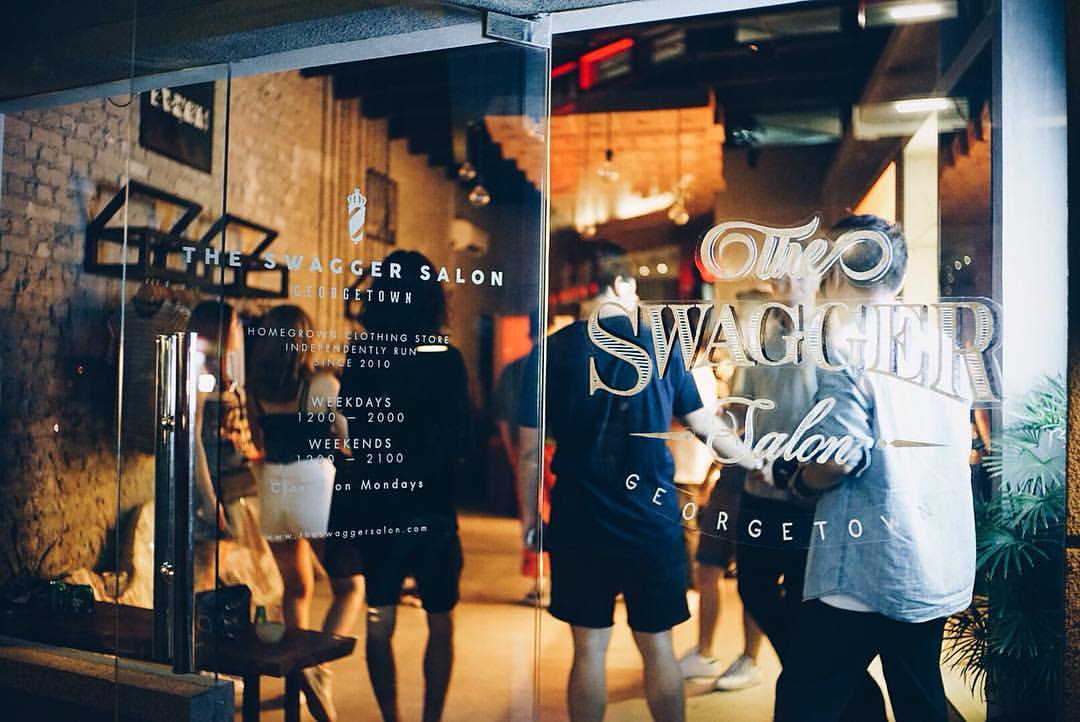What do operations mean for a retail shop?
In a small business, operations are the management of systems that produce products and services.
In retail, operations include managing your inventories, your premises, employees, and customer service.
As a business owner and operations manager, you must continuously improve the process so you save time and money while consistently getting positive results.
Here are 5 tips you can start practicing to improve your operations:
1. Identify ALL your inventory, not just products you sell

When talking about inventory, you most likely think of the products that we keep in stock to sell to customers.
This also includes other materials such as packaging, delivery fees, and so forth.
Sure, these are inventories that you should track.
With a point-of-sale (POS) system such as StoreHub, your sales and inventories can easily be managed so you can increase sales and revenue.
But, there are also inventories that you don’t intend to sell which you need to keep track of, such as:
- Services (accounting, phone and Internet provider, social media manager)
- Store supplies (paper towels, toilet paper, cleaning products)
- Merchandising
- Energy costs (electricity bill)
Once you identify these inventories, you’ll start seeing more opportunities to save money. Here are some tips:
- Choose small and cheaper vendors. It’s easy to simply pick the popular vendors with services such as phone lines and web hosting providers. However, you’ll be surprised how smaller and cheaper vendors can provide a better service because they don’t prioritize bigger clients over you.
- Pay attention to costs that pop up unexpectedly, such as equipment repair service. It’s easy to end up overspending under the pressure for a quick fix and keep the operations going.
- Don’t stick to just one supplier. Certain suppliers offer a bundle for all your retail needs such as packaging, paper towels, and toilet paper. But keep in mind that they tend to have items that make more margin than the others. Hence, it’s wiser to handpick items from different vendors to keep the cost of those recurring supplies to a minimum.
2. Optimise your retail store layout to guide customers
Think about your favorite retail stores in the Philipppines, and how their layouts can influence what you buy.
In big grocers such as Landers and S&R, you typically have your checklist and head straight to the aisles.
Hence, they tend to put the most profitable items at the main door and in the center, knowing you’ll walk past them.
However, in IKEA, you’ll have to walk through every section before reaching the cashier.
Knowing how your customers navigate through your store can help you in designing how to lay out your merchandise.
For retail businesses, there are two commonly used layout:
- Grid layout. Think of pharmacies such as Watsons which is designed to ease the flow of customers. Customers tend to walk in, get what they’re looking for, and leave.
- Free-flow layout. Think of a shoe store or Apple Store, where customers are free to walk back and forth within the store. Customers tend to take their time browsing the merchandise and sometimes make an impulse purchase.
The next thing you have to pay attention to is visual merchandising.
What is visual merchandising? Visual merchandising is the practice of arranging your products in store windows and in-store displays.
Visual merchandising can be a powerful tool to drive sales and acts as a showstopper to attract customers to walk into your store in the first place.
3. Create SOP (Standard Operating Procedure) for daily operations

What is a Standard Operating Procedure (SOP)?
For a retail business, an SOP (Standard Operating Procedure) is a set of instructions meant to guide your employees to perform the day-to-day operations in the store.
An SOP can include opening and closing hours (separately for customers and employees), cash management, handling of products, and so on.
Here are some Standard Operating Procedures for retail stores:
- Accounting And HR – hiring/firing/promotion process, staff scheduling, salary, EPF and SOCSO, tax, insurance, accounting, etc.
- Cash Management – refund, sales transaction process, cashier mistakes, backoffice, etc.
- Customer Service – refund/returns policy, feedback/complaints, delivery, customer loyalty program signup, FAQ, etc.
- Store Administration – store opening/closing procedure, store readiness, health and safety, maintenance checklist, housekeeping/cleanliness checklist, administrative tasks checklist
- Store Operations – loss prevention policy, cleanliness, storage, staff, store appearance, stock audit, customer policy, etc.
- Store Merchandise – stock transfer, supplier management, ordering/delivering/receiving/returning stock, etc.
- Store Security – security process, counterfeit banknotes, theft procedure, legal procedure, security tags, etc.
4. Have a guidebook on how to deal with customers

In our article titled Retail Sales In Malaysia: Tips to Improve Your Team, we talked about role-playing where you and your employees act out a real situation involving customers.
The purpose of role-playing is to train your employees so they will be prepared to manage customers’ expectations upon certain complaints or requests.
You can set aside regular time for role-play training with the entire team.
You can also do it on a one-on-one basis, especially if you witness a situation that you think you can handle better.
In the case of the latter, you just need to pull the employee aside and demonstrate how they can improve their interactions.
After a while, you will notice the kinds of situation that keep popping up.
You can then compile a list of common situations and how best to handle them.
Here are some examples:
- If a customer accidentally damaged a product, how should you ask them for compensation?
- If some customers linger after closing time, how should you approach them so you’ll be able to finish closing operations?
You can record what kind of situations have been practiced for each employee and track their progress.
From there, you can see whether they are improving or if they are making the same mistakes.
5. Automate as many processes as possible
Sometimes, human errors just can’t be avoided.
However, you can keep them to the minimum by automating repetitive and time-consuming tasks.
Pick the best POS system available such as StoreHub to make your operations smoother.
StoreHub offers tons of features that will save you a lot of time, including:
- Managing stock
- Low stock alert – reminding you which items need to be restocked
- Identifying bestsellers
- Sending updates and promotions to customers via SMS
- Tracking and analysing customers’ spending habits
With all the time saved, you can focus on the bigger picture solutions such as coming up with sales and expansion strategies and spending time to train and empower your employees.
And your employees, on the other hand, can focus on areas that require human interaction so they can provide the best customer experience.





Recent Comments